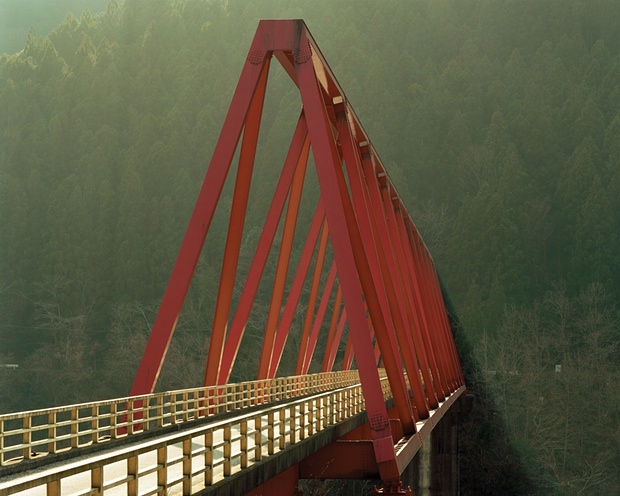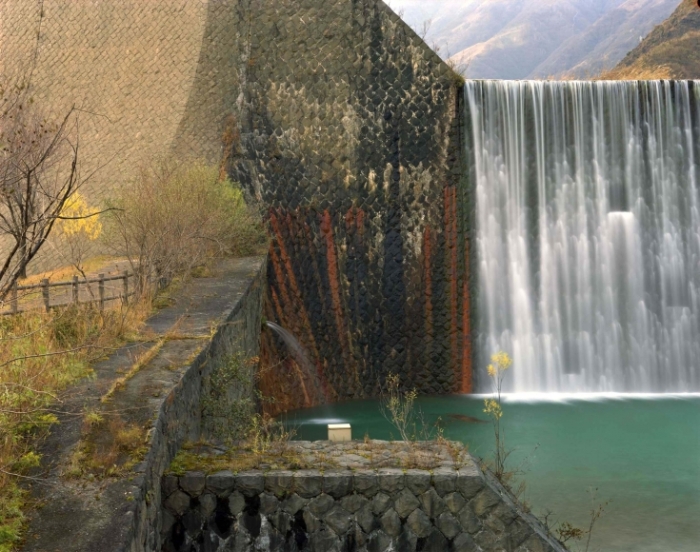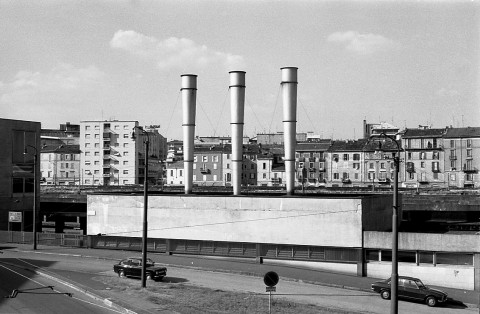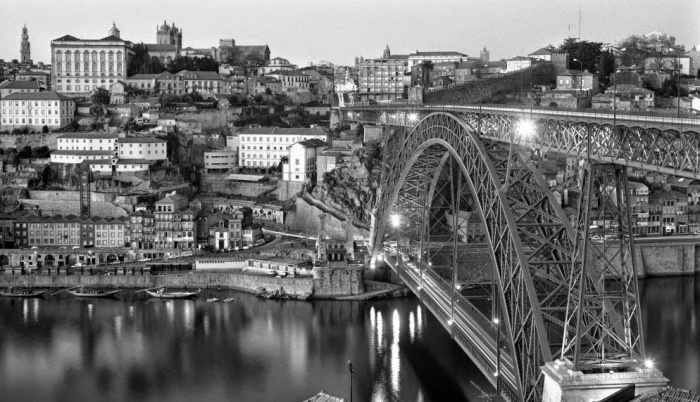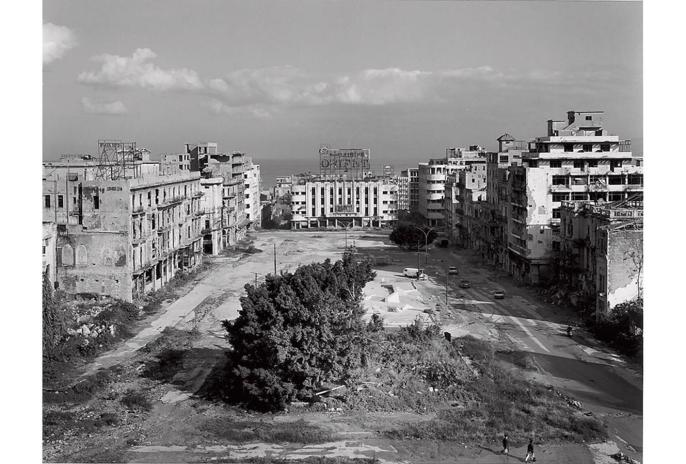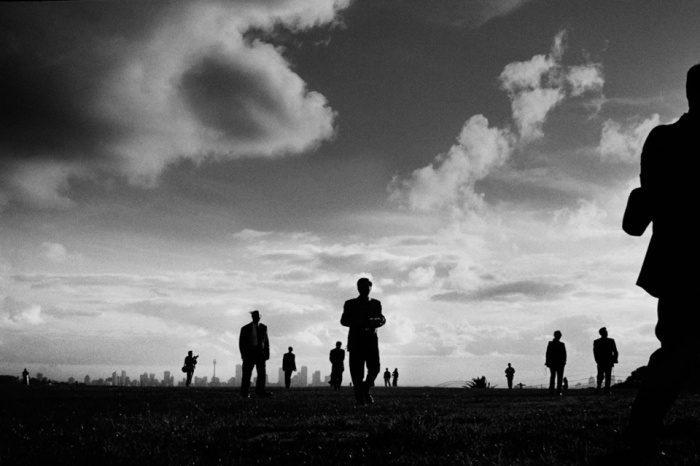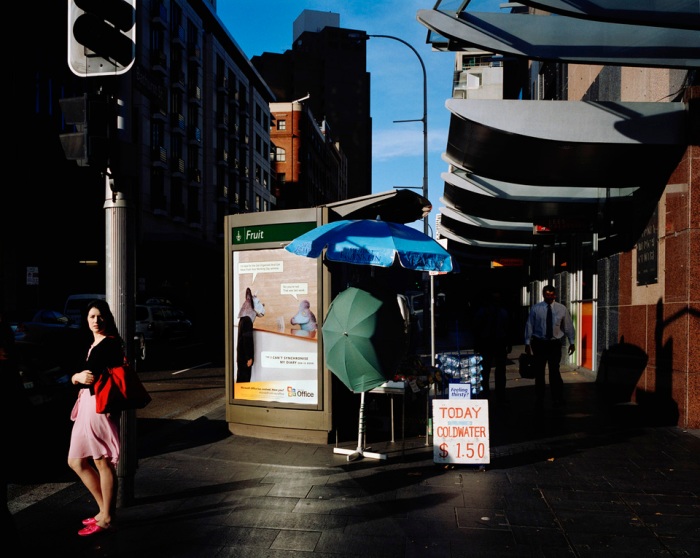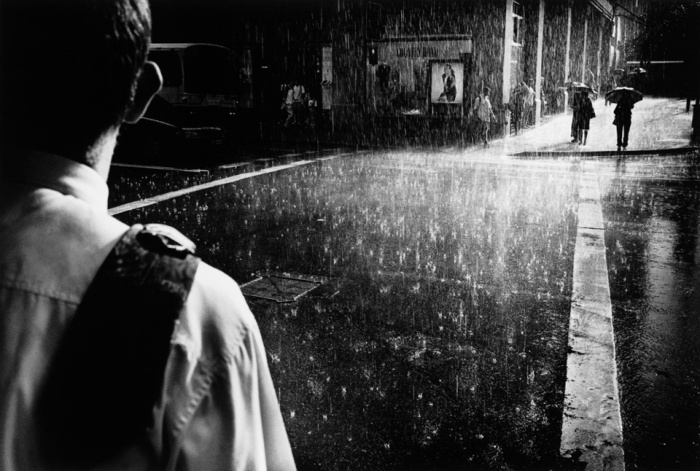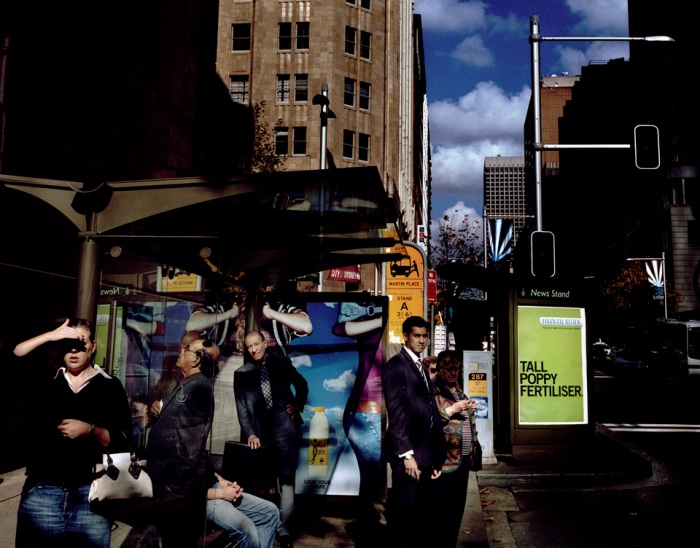Initial Response
When I first read the assignment, two similar ideas came to mind. They were both about revisiting two places from my childhood, back in my hometown in Portugal, Viseu. The timing was perfect, since I was going to be there for Christmas, but in the end, I didn’t manage to do it, so I decided to do something completely different, which was to get to know, in a different way, a place that I’ve been several times before, the Ditchling Beacon in East Sussex.
Inspiration from Artists
I studied the work from the suggested photographers for this assignment as well as Ed Templeton’s, which recently released a book that fits with the Square Mile concept.
Dan Holdsworth’s work is focused on landscapes with an unique mood, mainly achieved with the use of light trails (from several different sources) making some of his photographs surreal.
Tom Hunter’s suggested series share some similarities. They both show staged images, with people placed in ordinary surroundings presenting different views of Hackney in a melancholic way.
Templeton’s latest work “Adventures in the Nearby Far Away” shows his connection with Catalina Island, located 20 miles out in the sea from Templeton’s home (Huntington Beach) and is a diary of some of his holidays there over the years, showing Catalina’s people, tourists and surroundings.
Technical Response
From the technical point of view I was mainly focused on the aperture in order to control the depth of field, depending on the subject I was trying to capture, and where to lock the exposure until achieving the desired lighting before recomposing the image.
After the selection process I ended up with 12 photographs that I edited, tweaking contrast, temperature, levels and saturation in order to get the final result. Then I printed 10 of those images and finally after playing around and sequencing the prints I ended up with the final selection of 8 photographs.
Personal Reflection
The Ditchling Beacon is probably the most well known climb among cyclists in Southern Britain and since is close to where I live, I usually manage to do the climb every time I go out on my bike. It’s a short, but steep climb, which means that when you are on your bike, suffering all the way up, it’s really hard to enjoy the view or to get know more of the surroundings.
Because of that, I used this assignment to explore it better and from a new perspective (through my camera and out of my bike), taking photographs both on and off the road and exploring new paths.
My main worry was to make a final selection of consistent images that would work as a series, so I can say I’m happy with what I’ve achieved on this assignment. Also, I liked the idea of putting them as a sequence, from the road approaching the bottom of the climb to the view from the very top.
I think I could improve the series by adding a temporal dimension to it, starting at the bottom of the hill during sunrise, ending at the top on sunset, exploring the different lighting. Also, focus on cyclists on the road with the goal to show more action and movement with some longer exposures.
















